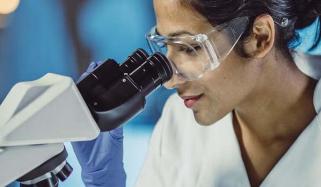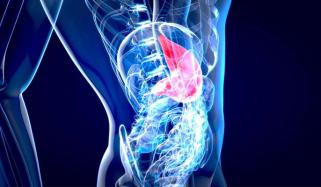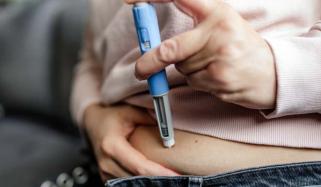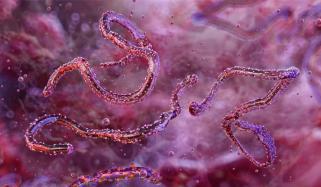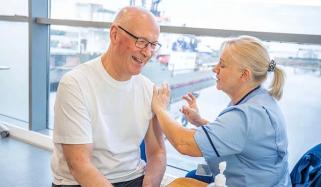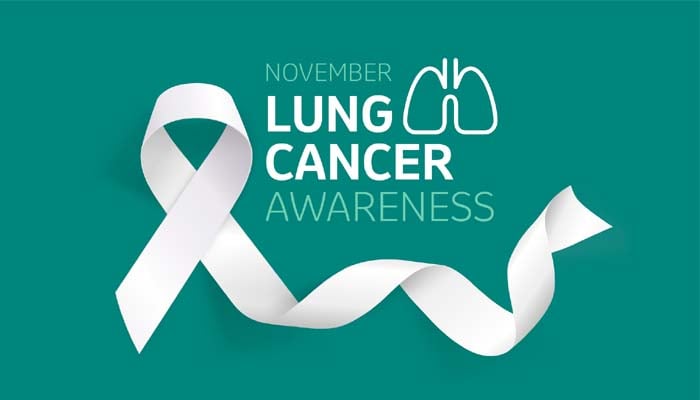
November is lung cancer awareness month, and medical professionals stated early detection can be lifesaving.
“Lung cancer affects about 50 of every 100,000 Washingtonians,” stated Dr. Luke Seaburg of Virginia Mason Franciscan Health.
“In its early stages, it’s very curable. As it becomes advanced, it remains treatable but far less curable. Because early lung cancer has no symptoms, screening is the best way to find it.”
According to Dr. Daniel Cuadrado, the most accurate tool, which is used to detect lung cancer in the early stage is a low-dose CT scan.
“Low-dose CT is now the best screening we have,” he said.
“It uses only slightly more radiation than a standard X-ray, takes 10 to 15 minutes, and you can continue with your day while your primary care doctor reviews the results.”
Lifestyle and environmental factors influence lung cancer risk. A few significant risk factors include:
• Smoking
• Family history
• Exposure to radiations, chemical, and wildfire smoke
Screening is strongly advised for the vulnerable population, people aged between 50 to 80 with a 15-year smoking history are eligible for treatment.
Once cancer is detected, newer medical options offer hope. Minimally invasive bronchoscopy can diagnose and stage cancer.
With the evolution in medical technology and the launch of cutting-edge machines, robot-assisted surgery allows enhanced and faster recovery.
Dr. Seaburg encouraged people to check their eligibility:
“The most important step is knowing whether you qualify for screening. When in doubt, talk to your doctor.”




